WITH, DESPITE, BECAUSE: Living your Best Life with Chronic Pain
After five years of living with a back injury, Alexa Forney made a startling realization: her life with chronic pain was actually better than it had been before. Even more shockingly, her thesis research made it clear that she was not alone.
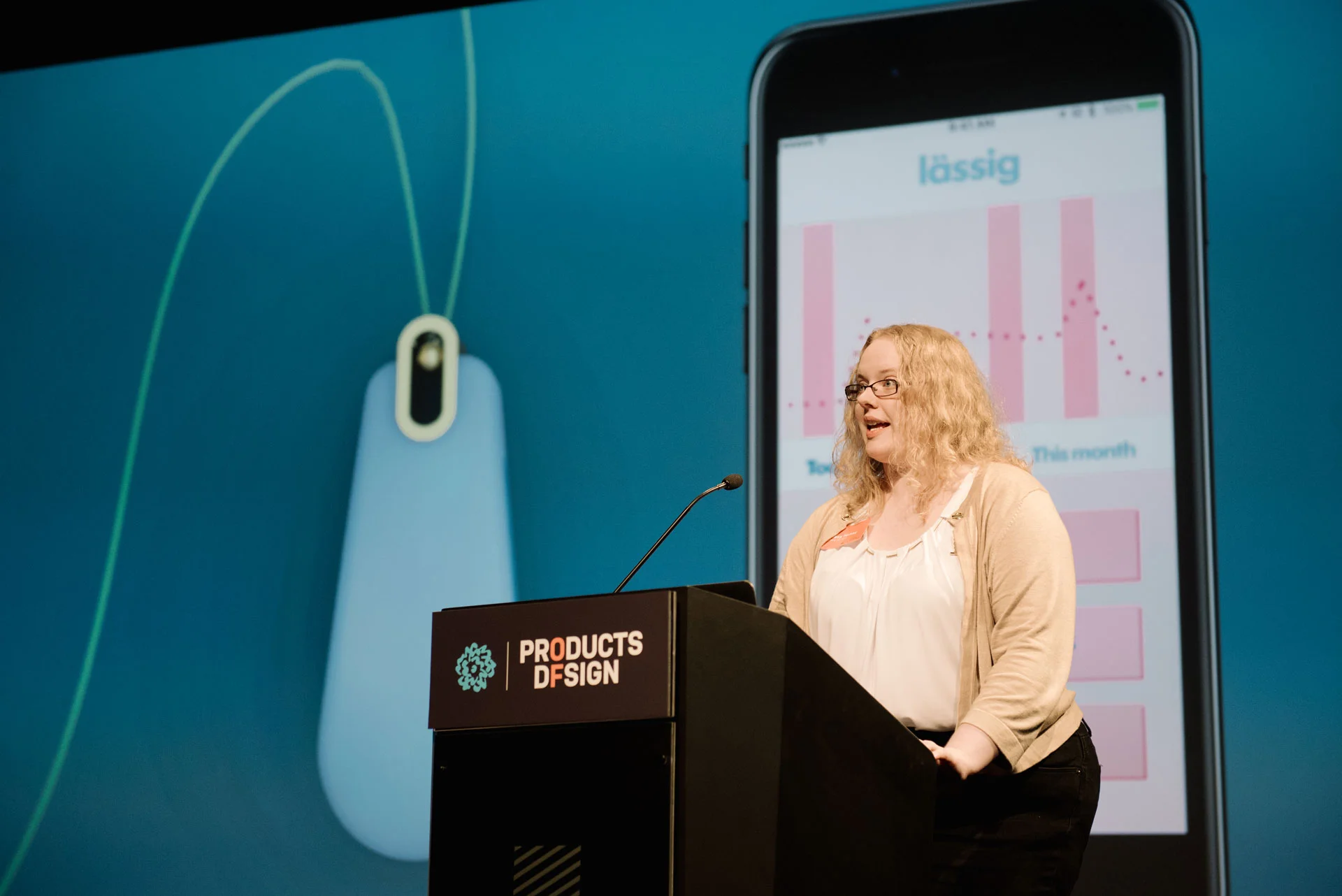
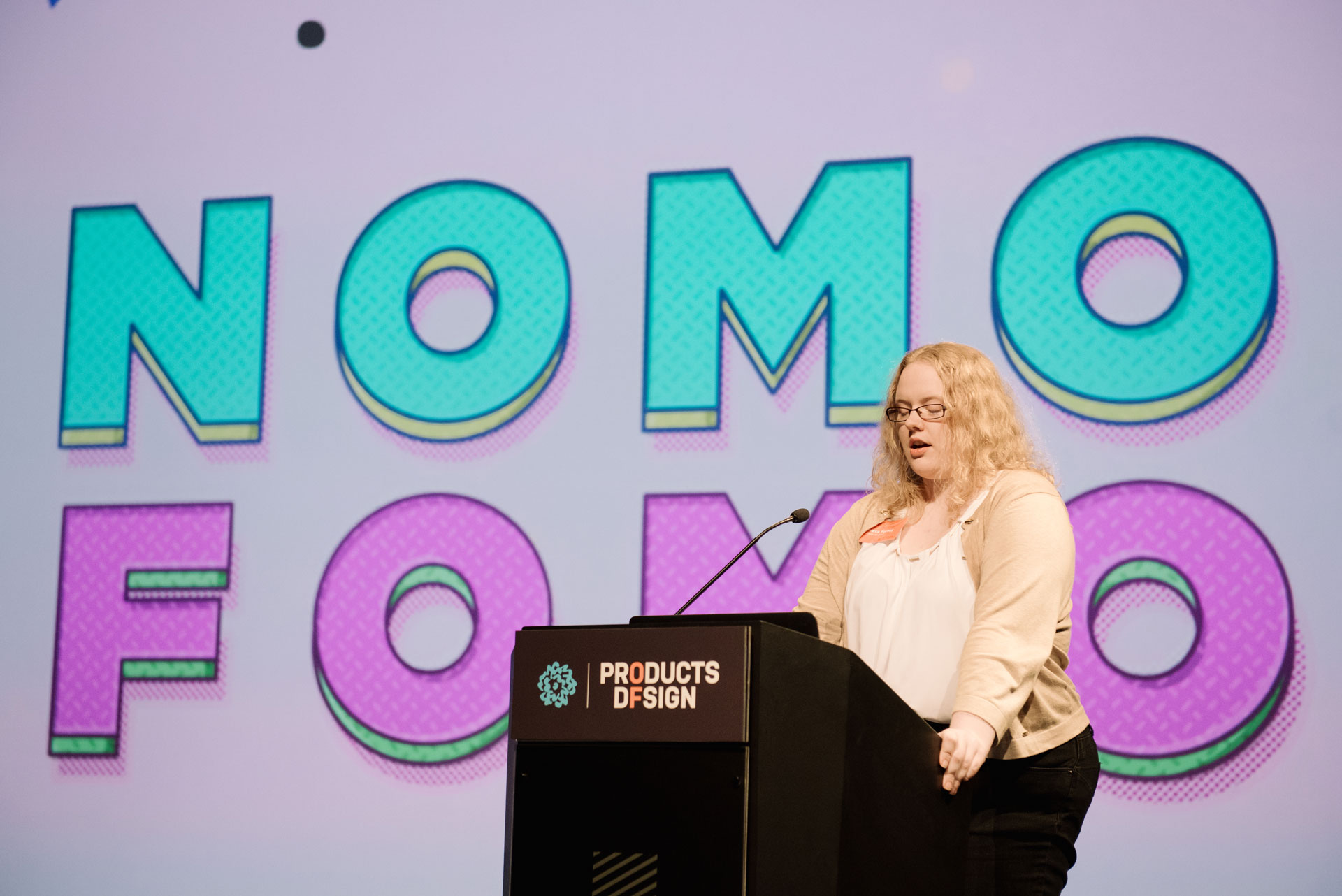
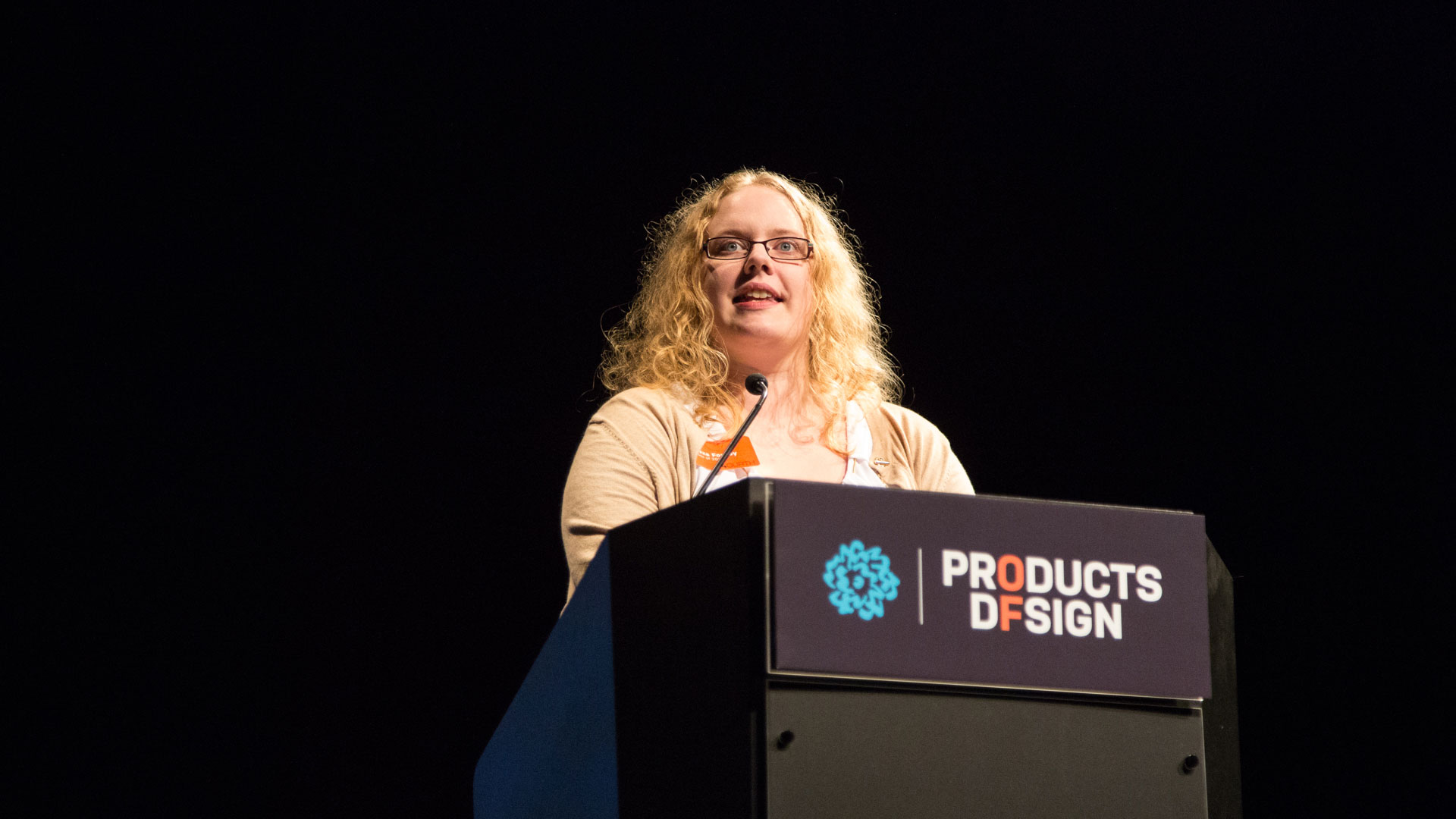
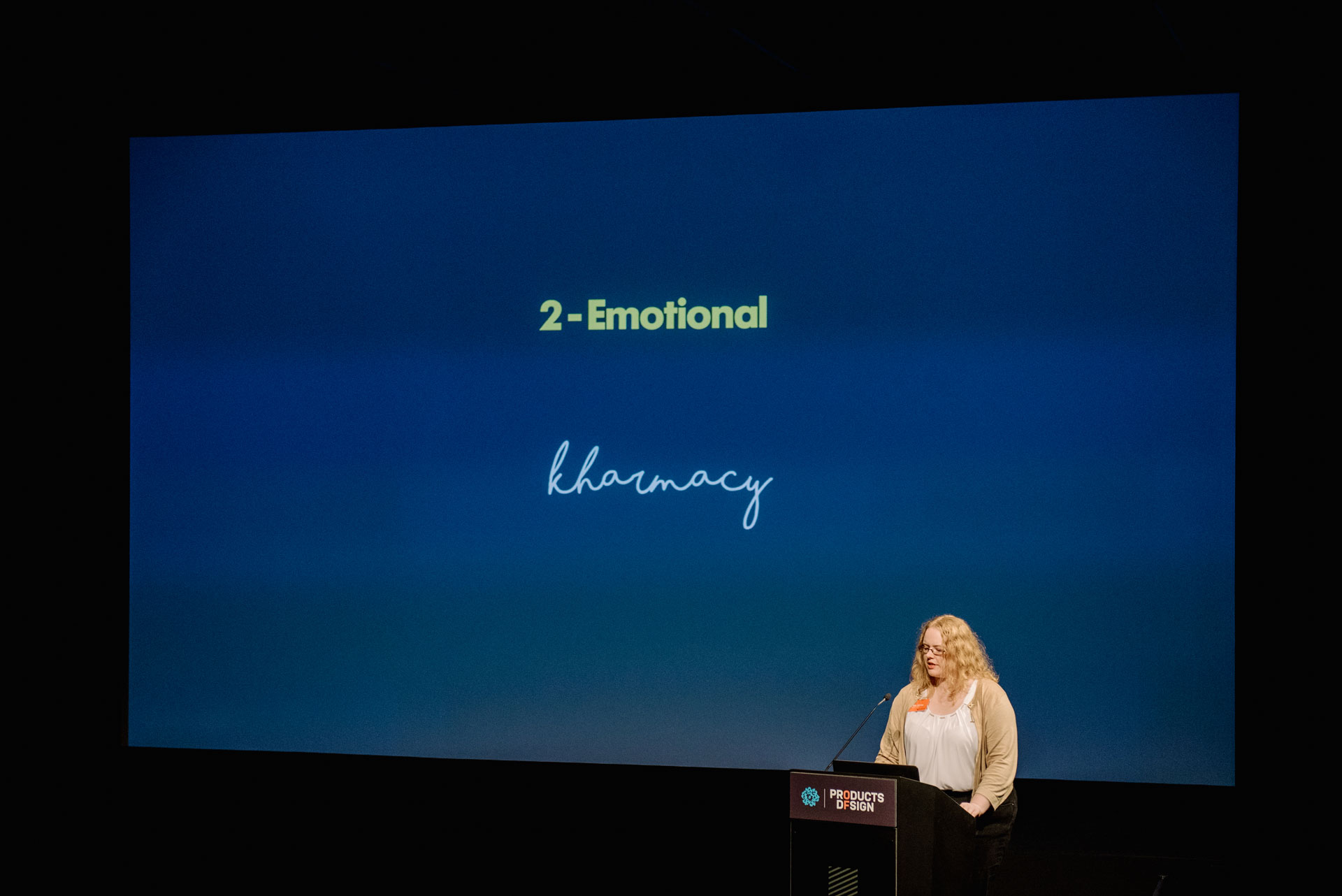
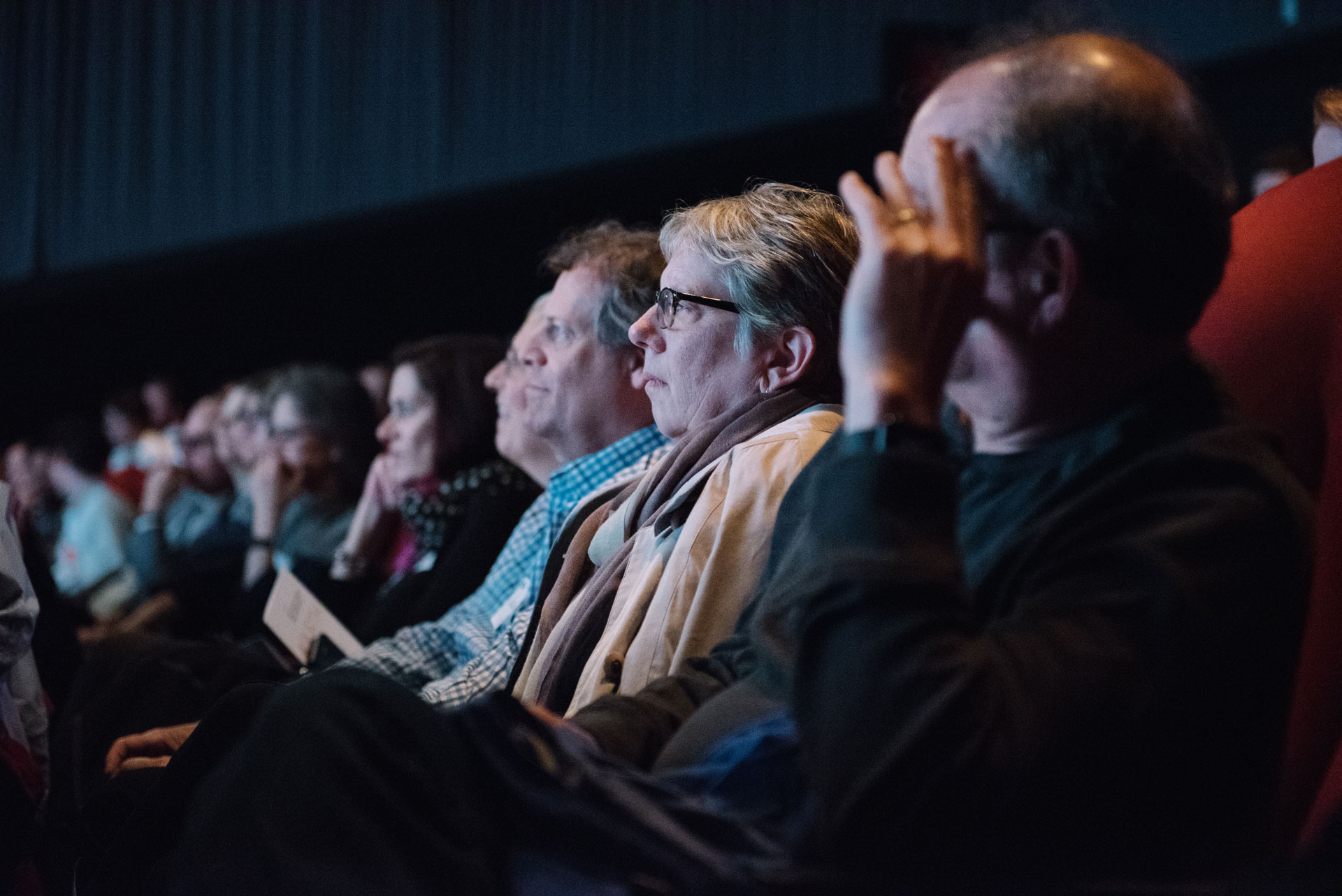
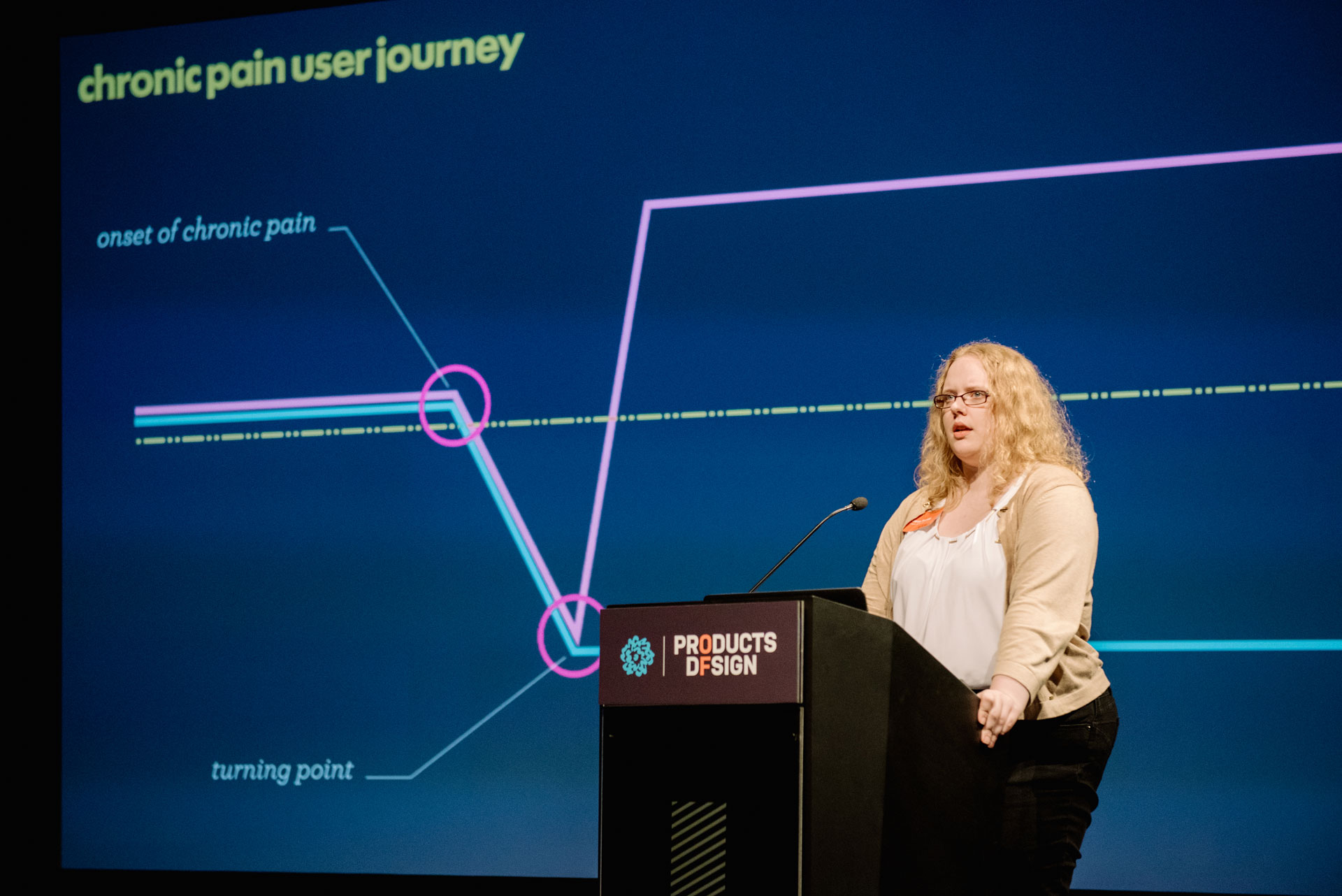
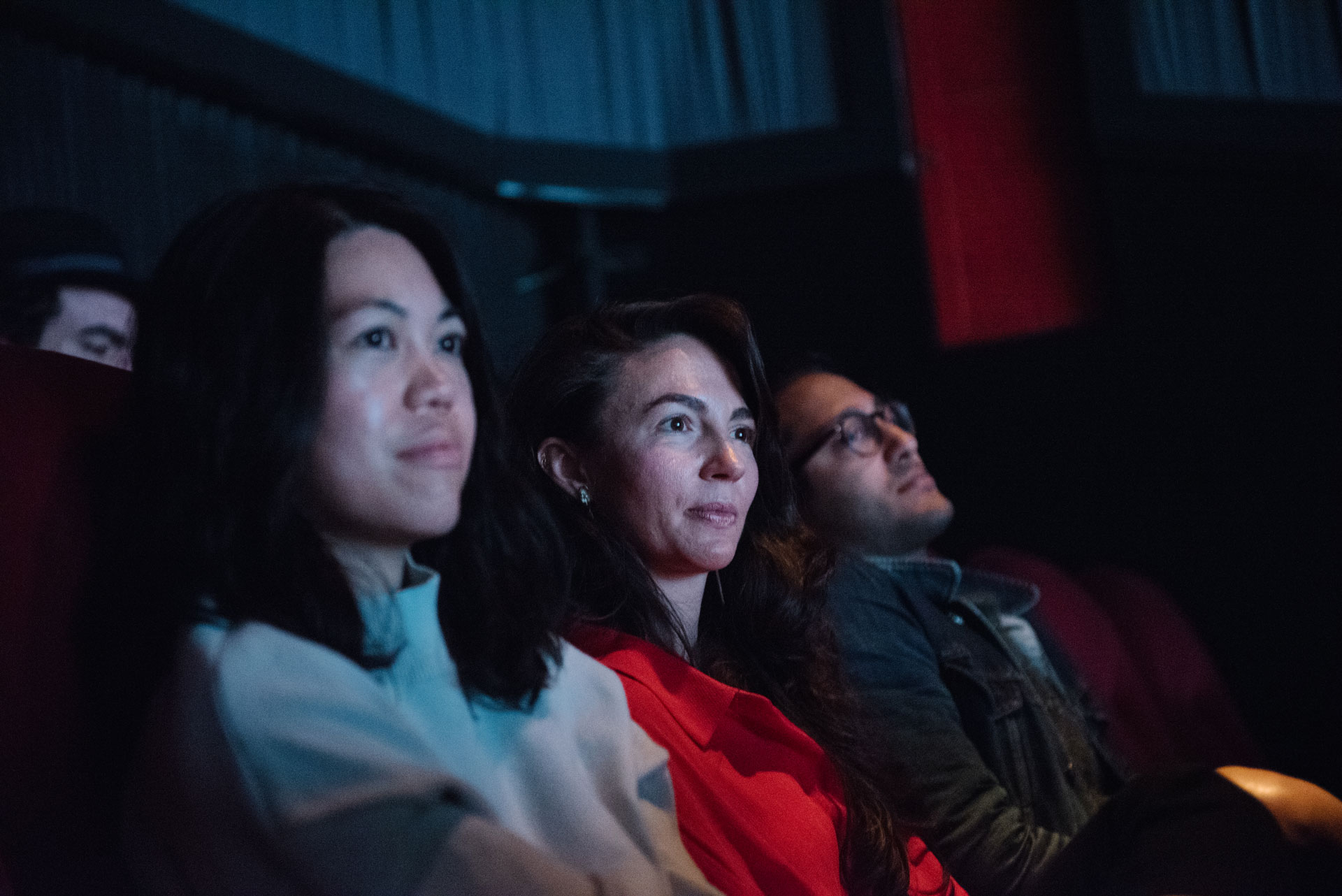
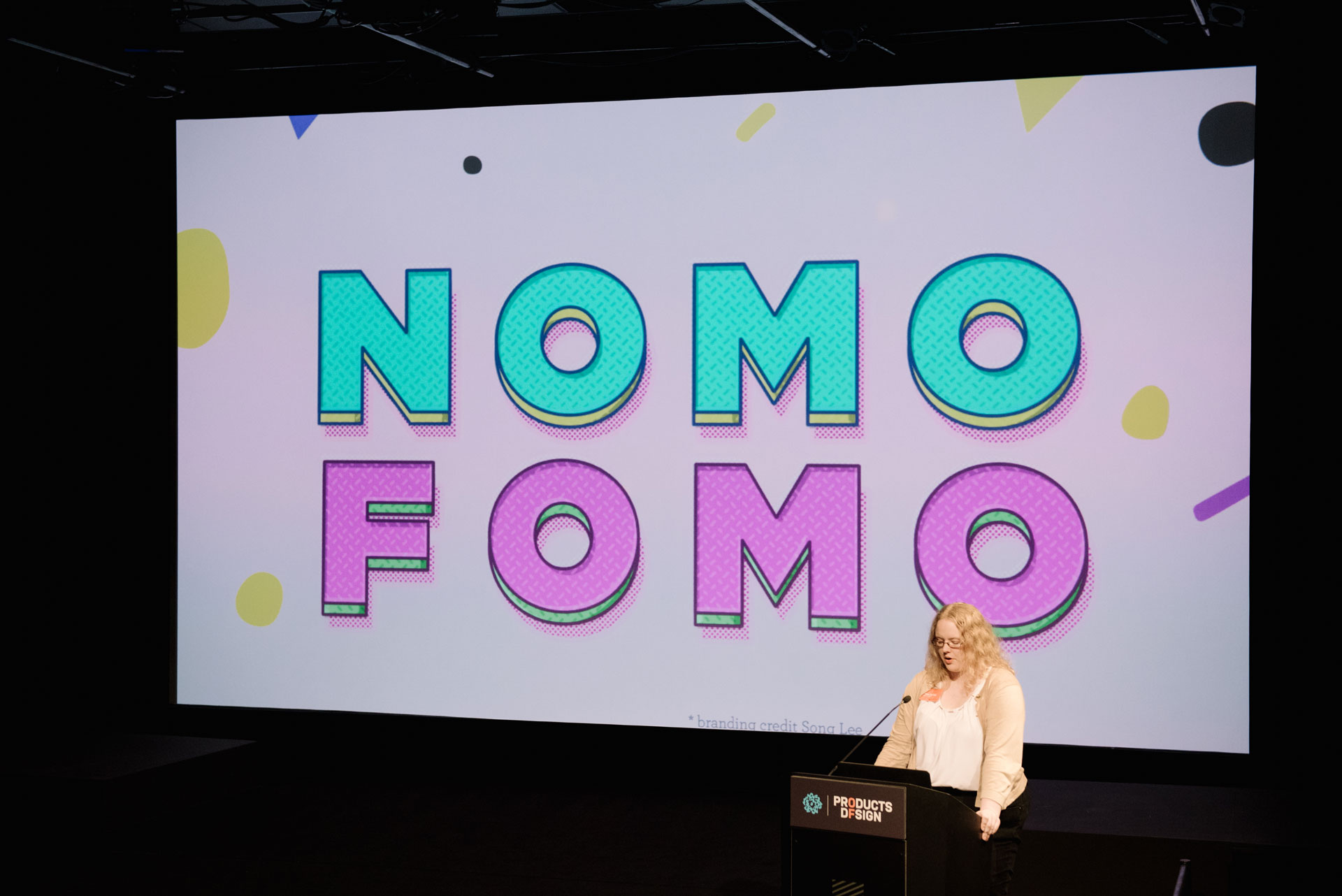

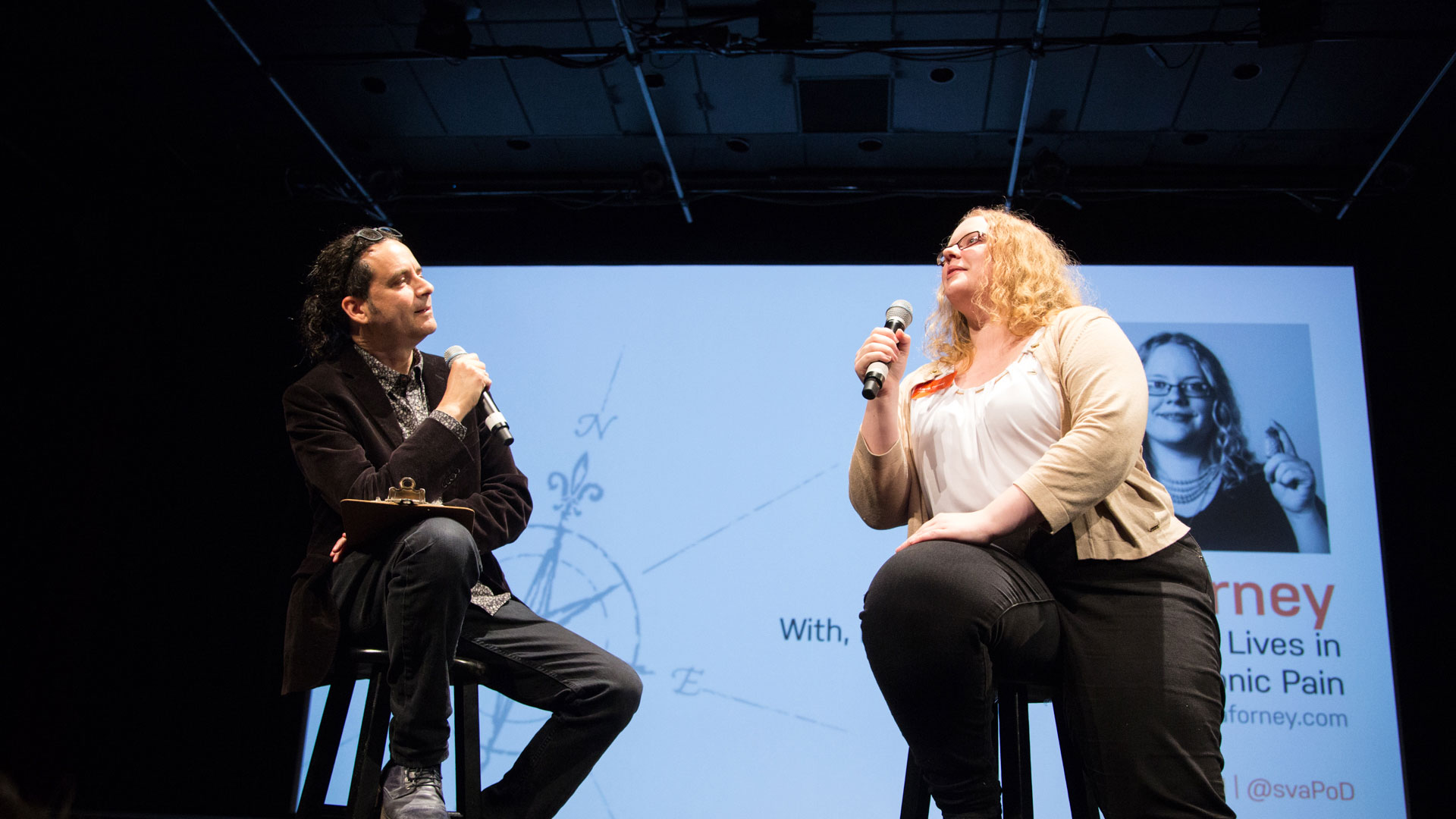
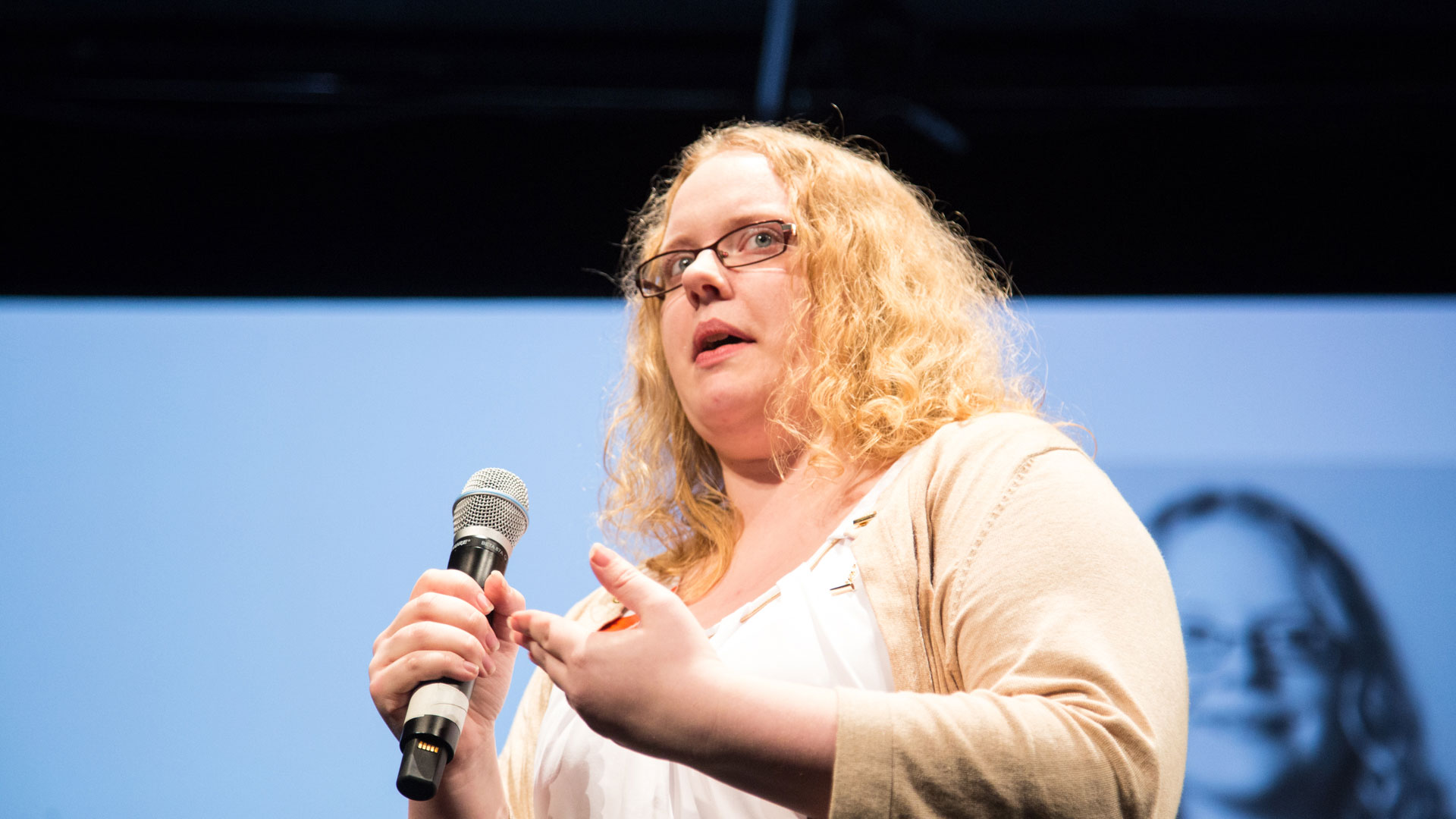
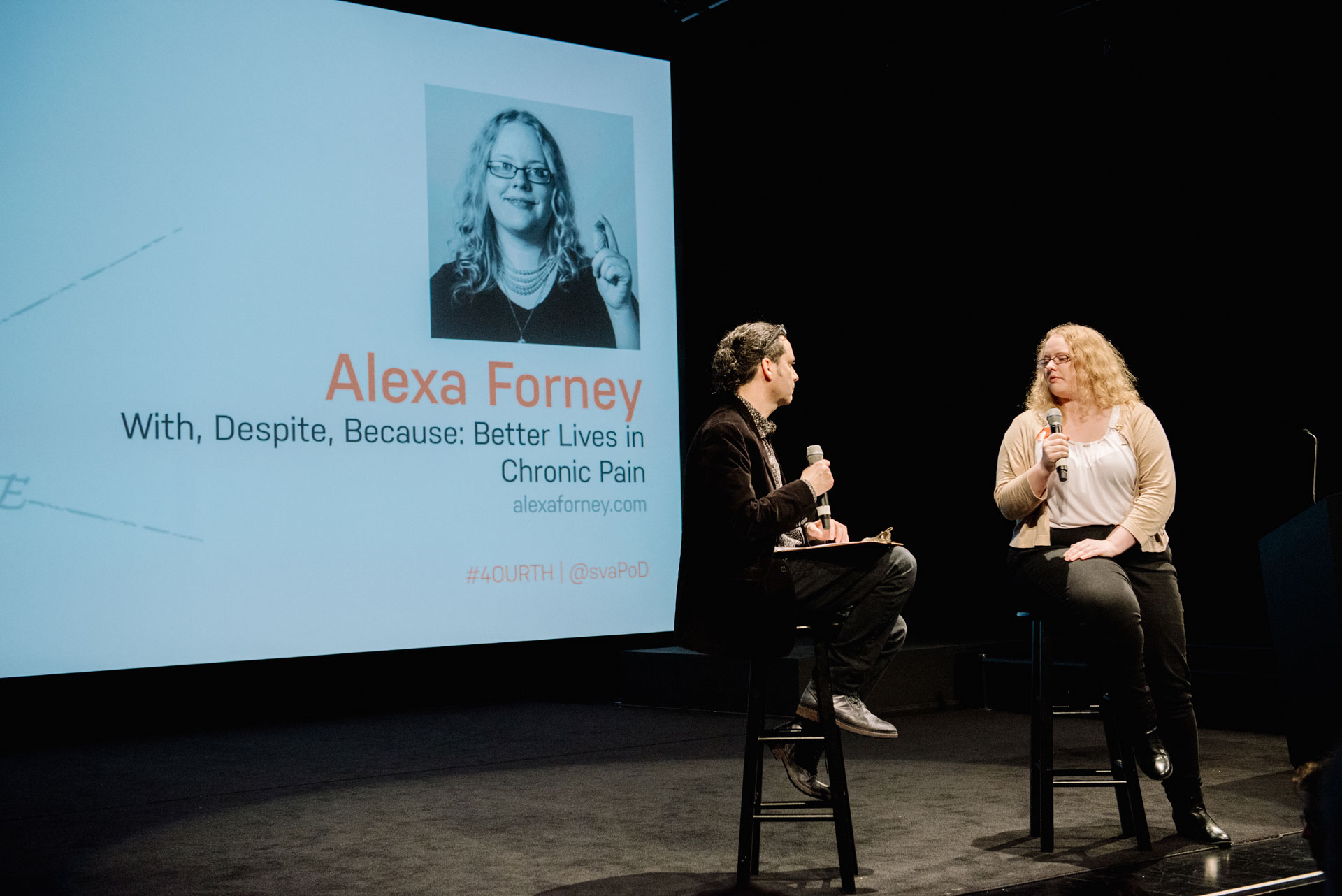
At NOMO FOMO (short for NO MOre Fear Of Missing Out)—a chronic pain Meetup group she hosted with fellow SVA graduate Song Lee—Alexa had the opportunity to meet with several women also suffering from chronic conditions. “It was incredible,” she recalls. “Every single one of them identified their lives as being dramatically better than before—once they gained control of a few key elements of their lives.”
“There is no rule that says you cannot flourish with pain—that’s a lie we tell ourselves.”
Alexa cites Martin E.P. Seligman’s Positive Psychology framework as the research that clarified this phenomenon for her. Positive Psychology posits that human beings need five things in order to exist in a state of "flourishing": Positive emotion, Meaning, Accomplishment, Engagement, and Positive relationships. “These are exactly the things that are disrupted when we experience long-term pain,” explains Alexa. She adds, “And these are exactly the things that my interviewees identified as leverage points when they turned their quality of life around. There is no rule saying you cannot flourish with pain—that’s a lie we tell ourselves. But it’s a difficult lie to overcome.”
Contemporary understanding of chronic pain suggests that pain is not merely corporeal, but biopsychosocial in nature, colored by multiple lenses of influence separate from the physical pain experience. Alexa's thesis, With, Despite, Because: Better Lives in Chronic Pain, leverages these lenses of influence to create a ripe space for flourishing in the lives of people in pain.
Chronic stress and chronic pain make for terrible bedfellows; studies indicate that high stress over time can sensitize the nervous system to pain impulses, and decrease sensitivity to medication.
Lässig
Lässig is a product-app pairing designed for recovering "Type A"s. Chronic stress and chronic pain make for terrible bedfellows; studies indicate that high stress over time can sensitize the nervous system to pain impulses, and decrease sensitivity to medication. While many people in pain see frustration as their capabilities and energy levels change, Alexa saw opportunity. “There is a white space in the performance industry. We often think of success as being tied to stress, and pushing oneself beyond one’s limits,” she said. “But what if, instead, we turned the mechanics of quantified-self and gamification towards respecting one’s limits?”
Drawing from the affordances of stress balls, Lässig dramatically simplifies the standard stress-relief wearable. The product component, estimated to retail for around $30, reports to its connected smartphone application based on when and how hard the user squeezes it. The application fills in a fuller picture of the user’s behavior patterns using the technology built into the phone.
Leveraging location and activity data—on top of self-reported moments of stress—Lässig’s machine learning engine can begin to prompt users to engage in stress-relieving behaviors before they even encounter stressful situations.
The long-term nature of chronic pain means that even the best-intended friends and relatives can run out of patience before sufferers run out of pain.
Scribz
According to Alexa’s research, people in chronic pain tend to turn to their loved ones for sympathy and emotional expression. However, the long-term nature of chronic pain means that even the best-intended friends and relatives can run out of patience before sufferers run out of pain. Scribz is a social gaming platform designed to help players develop more resilient support networks...by leaning on one another.
Scribz unites the addictive interaction of hit game Draw Something with the communal nature of social network Vent. The game has two modes: Draw, which allows players to post a drawing expressing their current emotional state, and Guess, in which they guess the theme of other players’ drawings. When a player successfully guesses the theme of another player’s drawing, they are given the option to message one another, trade advice and support, or play future games together. "Over time," Alexa argues, "this kills two birds with one stone—developing both creative expression skills, and a cadre of supportive acquaintances."
“Perhaps the most controversial thing I have come to believe during this thesis is that we all carry some form of chronic pain.”
Kharmacy
“Perhaps the most controversial thing I have come to believe during this thesis,” Alexa acknowleges, “is that we all carry some form of chronic pain. By adulthood, whether we experience it as physical pain or not, we all have some form of trauma that we cannot shake.” She adds that she is referring to emotional pain, which has been shown to greatly affect the perception of physical pain—particularly in those with an existing chronic condition.
Drawing inspiration from ancient rituals as a tool for managing life’s uncontrollable circumstances, she developed Kharmacy—a DIY workshop for addressing emotional pain through ritual. Neuroscientist Fabrizio Bennedetti said, “We are symbolic animals. Our response to ritual is remarkably similar to the placebo effect, which is known to be incredibly effective in treating the emotional element of chronic pain.” Alexa explains, “I had enough research on both to be able to pull together a framework for creating one’s own ritual.”
The framework took form as a hand-sized workbook with a combination of ritual science, the placebo effect, and cognitive-behavioral visualization techniques in its pages. Kharmacy takes participants through a multisensory, five-stage workshop that physicalizes the workbook activities under the auspices of a guide, who helps them pull the elements together at the end into a short tea ceremony.
The first public iterations of Kharmacy took place in late March and early April of 2017. “It’s like a gift,” raved one participant. “You get this real sense of calmness, like you’re being nurtured from start to finish. It was really motivating to me to keep up with my ritual afterwards, because I wanted to keep that feeling.”
In order to ensure participants have the opportunity to bring their learnings into their daily life, they receive a branded box with their workbook, teacup, and personal blend of tea to continue the ceremony at home after Kharmacy ends.
“My dream is to see this area treated by more practitioners not just as a challenge, but as a unique opportunity.”
Just as chronic pain is affected by multiple lenses of influence, Alexa believes that each person in pain embodies a complex ecosystem of human experience. “I designed a number of interventions during this process, but I think it’s possible to spend an entire career in this problem space and not run out of material,” she declares with urgency. “My dream is to see this area treated by more practitioners not just as a challenge, but as a unique opportunity.”
Learn more about Alexa Forney's work at sonderwelt.com, and contact her at alexaforney[at]gmail[dot]com.













